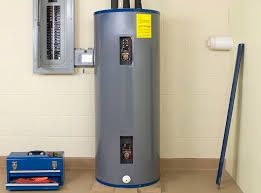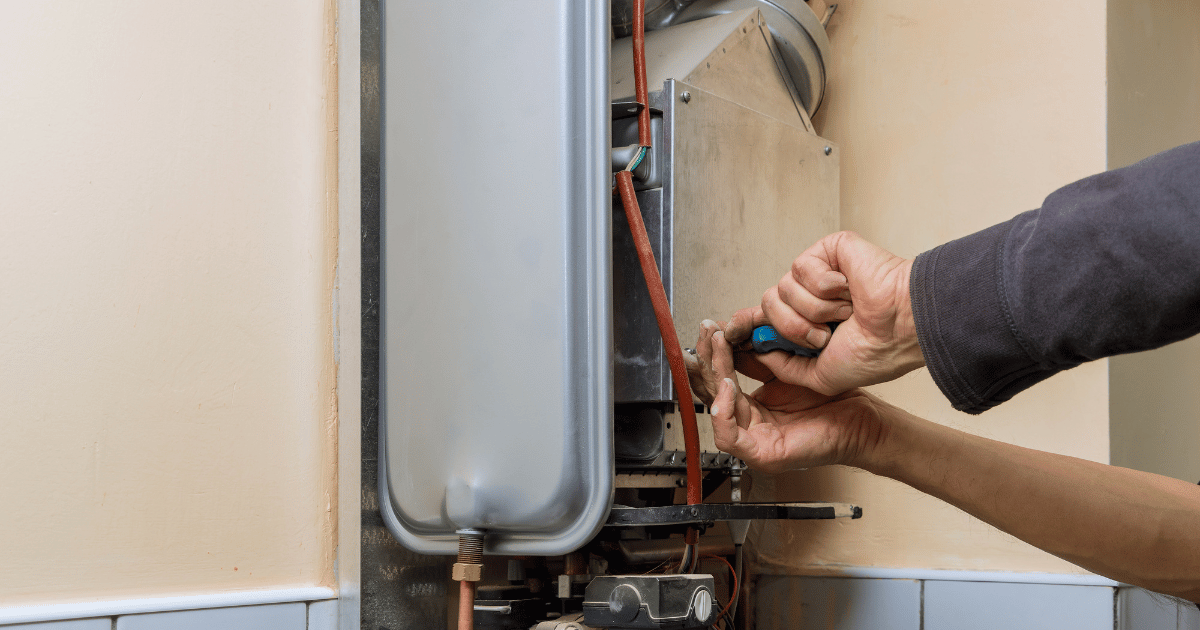How to Care for Your Home's Hot Water System Properly
How to Care for Your Home's Hot Water System Properly
Blog Article
What're your thoughts and feelings on Tips on Maintaining a Water Heater?

Hot water is crucial for everyday comfort, whether it's for a revitalizing shower or cleaning dishes. To guarantee your hot water system runs efficiently and lasts much longer, regular maintenance is vital. This post provides sensible suggestions and understandings on exactly how to maintain your home's warm water system to prevent disruptions and costly repairs.
Intro
Maintaining your home's warm water system may seem complicated, but with a couple of easy actions, you can ensure it runs efficiently for many years to find. This guide covers every little thing from comprehending your warm water system to DIY maintenance ideas and understanding when to contact expert help.
Relevance of Preserving Your Hot Water System
Regular maintenance not just extends the life-span of your hot water system however also guarantees it operates effectively. Neglecting maintenance can bring about lowered performance, greater power costs, and also premature failing of the system.
Indicators Your Hot Water System Demands Maintenance
Understanding when your hot water system requires interest can prevent significant issues. Watch out for indicators such as inconsistent water temperature, odd sounds from the heating unit, or corroded water.
Understanding Your Hot Water System
Prior to diving right into maintenance tasks, it's practical to recognize the basic elements of your warm water system. Typically, this includes the water heater itself, pipelines, anode poles, and temperature controls.
Month-to-month Upkeep Tasks
Regular monthly checks can assist catch small issues before they intensify.
Purging the Hot Water Heater
Purging your hot water heater removes sediment buildup, enhancing effectiveness and extending its life.
Monitoring and Changing Anode Rods
Anode poles protect against corrosion inside the container. Evaluating and changing them when broken is essential.
Examining and Changing Temperature Setups
Readjusting the temperature level setups makes certain optimum efficiency and safety and security.
Do It Yourself Tips for Maintenance
You can perform several maintenance tasks yourself to maintain your warm water system in leading problem.
Looking for Leakages
On a regular basis check pipes and connections for leaks, as these can bring about water damages and greater expenses.
Testing Stress Relief Valves
Examining the pressure relief valve guarantees it operates correctly and stops extreme pressure buildup.
Insulating Pipelines
Protecting hot water pipes reduces warmth loss and can conserve energy.
When to Call a Professional
While DIY upkeep is valuable, some problems require professional proficiency.
Facility Concerns Needing Professional Help
Examples include significant leakages, electrical troubles, or if your hot water heater is regularly underperforming.
Routine Expert Maintenance Conveniences
Expert maintenance can include detailed assessments, tune-ups, and guaranteeing conformity with safety criteria.
Final thought
Regular upkeep of your home's hot water system is crucial for effectiveness, durability, and price savings. By adhering to these suggestions and understanding when to seek professional assistance, you can make sure a trustworthy supply of warm water without unforeseen disruptions.
Water Heater Maintenance: The Basics
Maintaining your water heater will ensure it operates efficiently and has a longer lifespan. Neglecting regular maintenance can lead to costly repairs and an even bigger chunk of your savings if you have to replace it sooner than necessary. But there’s good news: Most water heater maintenance tasks are relatively simple and easy for homeowners with basic DIY skills.
Flush the Water Heater
Over time, sediment and minerals can build up in the tank, reducing its efficiency and potentially causing damage. To flush the tank, turn off the power or gas supply, attach a hose to the drain valve near the bottom and open the valve to drain the water until it runs clear. Ideally, flush the tank annually.
Replace the Anode Rod
The anode rod is a sacrificial metal rod that helps prevent corrosion inside the tank. Inspect and replace it every three to five years or per the manufacturer's recommendation. To replace the anode rod, turn off the power or gas supply, drain a few gallons of water from the tank, unscrew the old rod and replace it with a new one. If the anode rod is significantly corroded or covered in calcium buildup, it's a sign the water heater may need to be replaced soon.
Tune-Up
A yearly tune-up can help identify potential issues and ensure your water heater operates at peak efficiency. This typically involves checking the thermostat, burner assembly (for gas heaters) and any other components specified by the manufacturer. During a tune-up, the technician may also clean the burner and adjust the pilot light (for gas heaters) or examine the heating elements (for electric heaters).
How to Maintain Your Water Heater
Insulate the tank. Insulating the tank can improve energy efficiency and reduce heat loss, saving you money on energy bills. You can purchase precut insulation blankets designed specifically for water heaters or use standard fiberglass insulation wrapped securely around the tank. Check the temperature. The recommended water temperature for most households is around 120 degrees Fahrenheit (49 degrees Celsius). Higher temperatures can increase energy costs and potentially cause scalding. Use a kitchen thermometer to check the temperature at the faucet nearest the water heater. Monitor water pressure. Excessive water pressure can strain the water heater and cause leaks or even tank failure. Install a pressure-reducing valve if necessary. The ideal water pressure range is between 60 and 70 PSI (pounds per square inch). Test the temperature and pressure (T&P) relief valve. The T&P relief valve is a safety feature that releases pressure if the tank gets too hot or the pressure builds up too high. Test it annually by lifting the lever and allowing a small amount of water to release. Replace the valve if it doesn't release water or reseal properly. Check for leaks. Regularly inspect the tank, pipes and fittings for leaks or corrosion. Deal with issues promptly to prevent further damage. Even a small leak can lead to significant water damage over time. Consider a tankless water heater. If your traditional tank-style water heater is nearing the end of its lifespan ( typically 10 years), consider replacing it with a tankless water heater. These units heat water on demand, reducing standby energy losses and potentially saving you money on your energy bills. Schedule professional maintenance. While homeowners can perform many water heater maintenance tasks, it's still a good idea to schedule professional maintenance every few years. A plumber or HVAC technician can thoroughly inspect the unit, identify potential issues and ensure it operates safely and efficiently. https://www.homeserve.com/en-us/blog/home-improvement/hot-water-heater-maintanence/

I am very intrigued by Tips on Maintaining a Water Heater and I hope you enjoyed reading the page. Liked our content? Please quickly share it. Help others check it out. Bless you for your time. Revisit us soon.
Book An Estimate Now Report this page